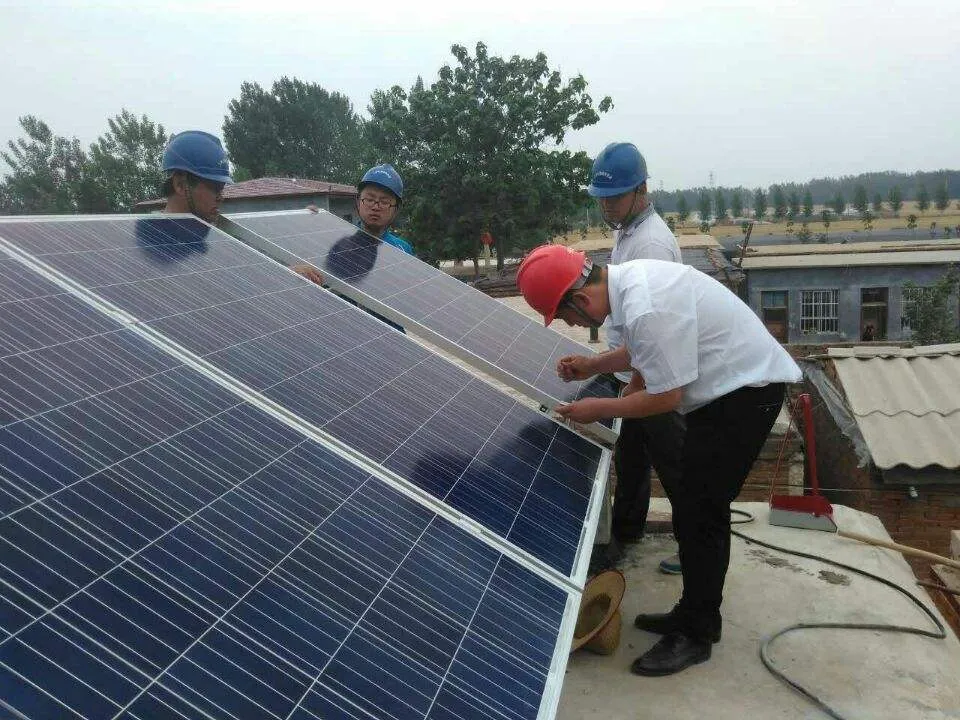3 kilowatt solar panel price
Understanding the Price of 3 Kilowatt Solar Panels
As the world increasingly shifts towards renewable energy sources, solar power has emerged as one of the most accessible and viable options for homeowners and businesses alike. Among various solar power solutions, a 3 kilowatt (kW) solar panel system is becoming a popular choice for many. This article explores the pricing of 3 kW solar panels, the factors that influence their costs, and the benefits of investing in solar energy.
What is a 3 Kilowatt Solar Panel System?
A 3 kW solar panel system typically consists of multiple solar panels that can collectively generate approximately 3 kilowatts of electricity under optimal conditions. This size system is ideal for small to medium homes, providing enough power to cover a significant portion of a household's energy consumption. A typical setup may involve about 10 to 12 solar panels, depending on their individual wattage.
Pricing Overview
The price of a 3 kW solar panel system can vary significantly based on several factors, including the type and brand of solar panels, installation costs, and local incentives or rebates. As of 2023, the average cost for a residential solar installation in the United States ranges from $8,000 to $12,000 before any tax credits or incentives. Therefore, homeowners can expect to pay somewhere between $8,000 to $15,000 for a 3 kW system when considering installation costs.
Factors Influencing Prices
1. Type of Solar Panels The market offers several types of solar panels, primarily monocrystalline, polycrystalline, and thin-film. Monocrystalline panels tend to be more efficient and have a longer lifespan, often making them more expensive. Polycrystalline panels are generally more affordable but may offer slightly lower efficiency. Thin-film panels are the least expensive but also the least efficient.
2. Installation Costs Beyond the price of the panels themselves, installation is a significant part of the overall cost. Installation fees can differ based on the complexity of the installation process, the type of mounting system used, and local labor rates. Hiring a reputable and experienced installer may add to the initial cost but can ensure better efficiency and longevity.
3 kilowatt solar panel price

3. Location The geographical location of a home greatly affects solar panel prices. Areas with high sunlight exposure can maximize energy production, influencing potential savings and return on investment. Furthermore, local regulations and incentives can significantly impact the final price.
4. Incentives and Rebates Many governments offer tax credits, rebates, or financing options to encourage solar adoption. In the United States, the federal solar tax credit allows homeowners to deduct a percentage of the cost of solar energy systems from their federal taxes. Keeping track of local, state, and federal programs can lead to significant savings.
5. Financing Options Solar panel systems can also be financed through various options such as loans, leases, or power purchase agreements (PPAs). These options can affect the upfront payment and overall cost of the system, making solar more accessible to a wider audience.
Benefits of a 3 Kilowatt Solar Panel System
Investing in a 3 kW solar panel system comes with numerous advantages. Firstly, it contributes to environmental sustainability by reducing reliance on fossil fuels and decreasing greenhouse gas emissions. Secondly, homeowners can significantly lower their electricity bills, and over time, the savings can offset the initial investment. Additionally, solar energy systems can increase property value, making homes more attractive to potential buyers.
Moreover, many people find peace of mind in energy independence, knowing they can generate their own electricity and potentially withstand fluctuations in energy prices.
Conclusion
A 3 kW solar panel system presents an alluring opportunity for homeowners looking to embrace renewable energy. While initial costs can be considerable, understanding the factors influencing pricing can help consumers make informed decisions. With various incentives and financing options available, investing in solar not only benefits the environment but can also lead to long-term savings and increased property value. As technology advances and solar systems become more efficient, the future of solar energy looks promising, paving the way for a sustainable energy landscape.
-
Understanding the Advantages of Solar String Inverters for Your Energy SystemNewsApr.29,2025
-
Choosing the Right PV Inverter: A Comprehensive GuideNewsApr.29,2025
-
The Future of Solar Power: Exploring Bifacial Solar PanelsNewsApr.29,2025
-
The Complete Guide to Solar Panels: Efficiency, Cost, And InstallationNewsApr.29,2025
-
The Best Options for Efficiency and Cost-EffectivenessNewsApr.29,2025
-
Harnessing the Power of Off-Grid Solar Inverters for Energy IndependenceNewsApr.29,2025







